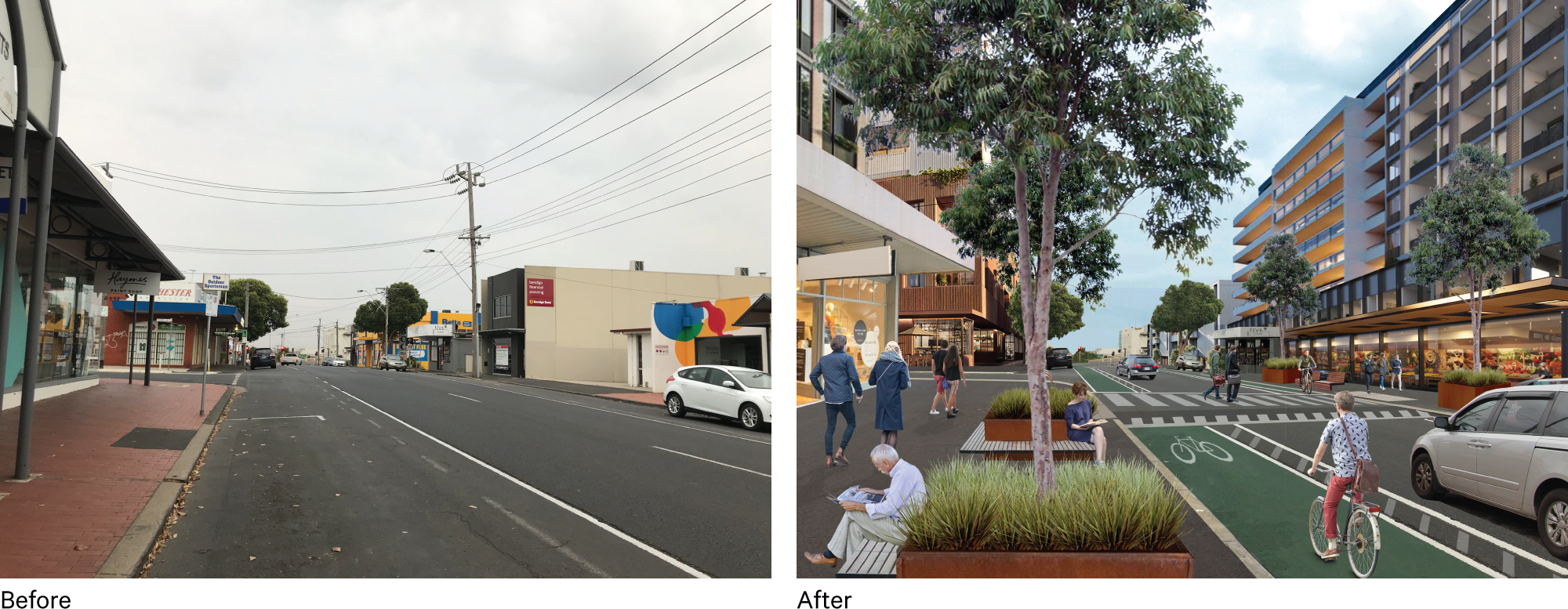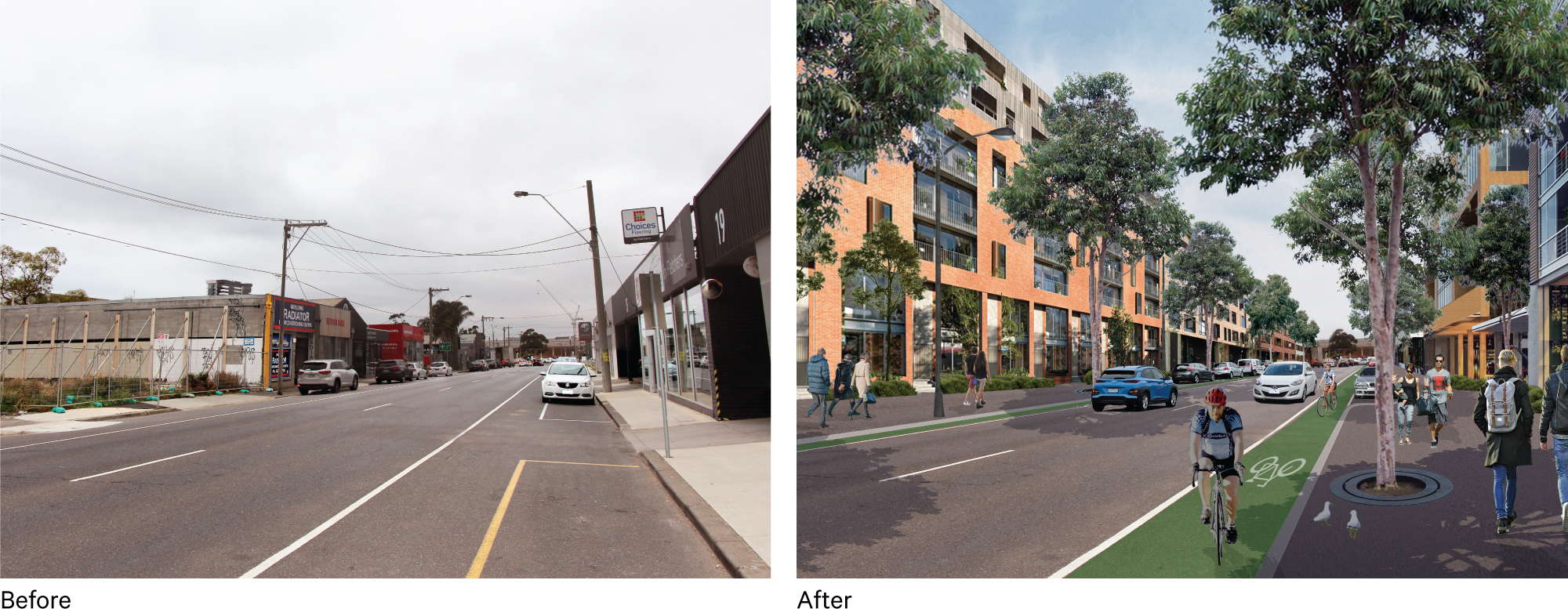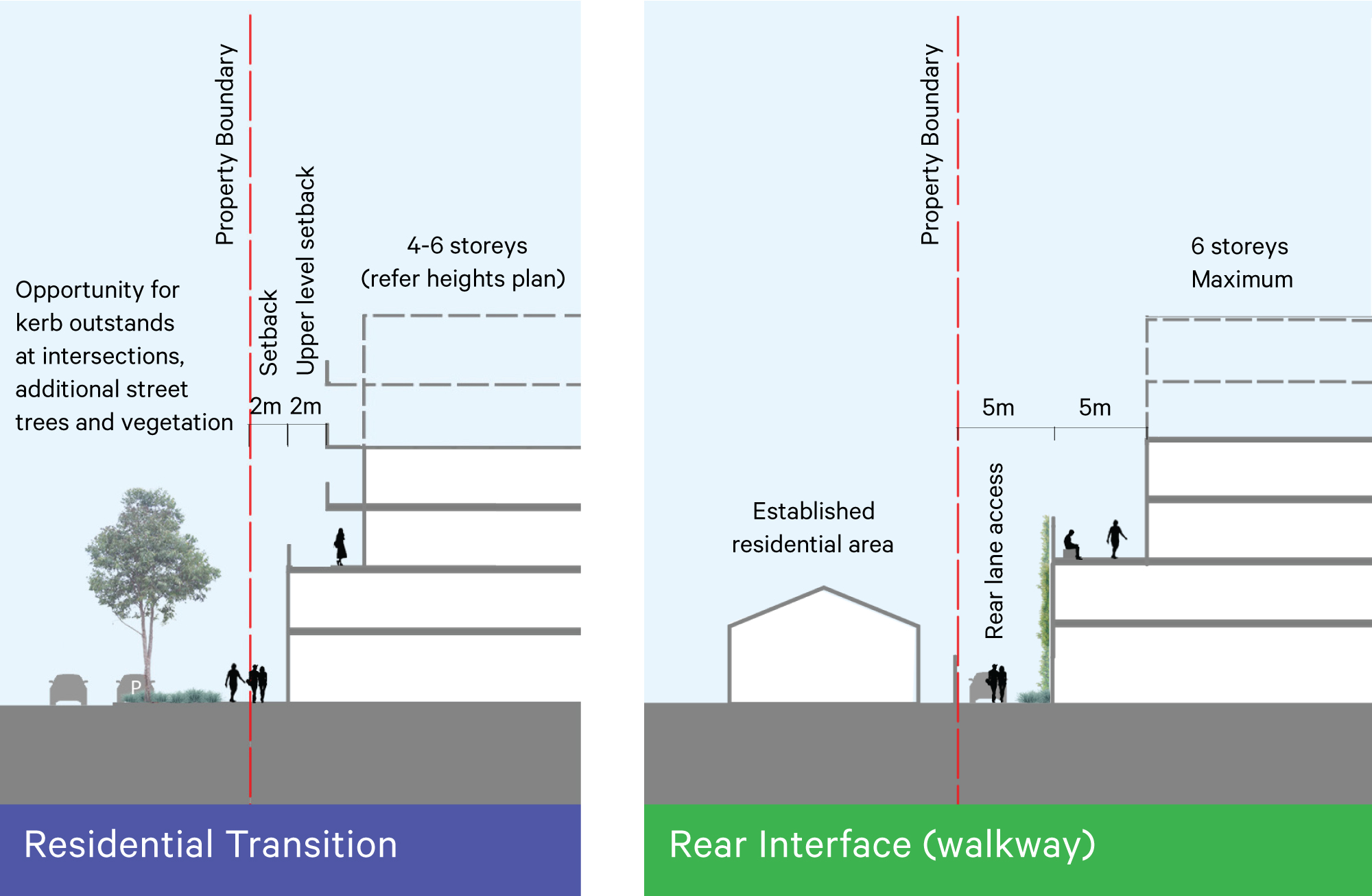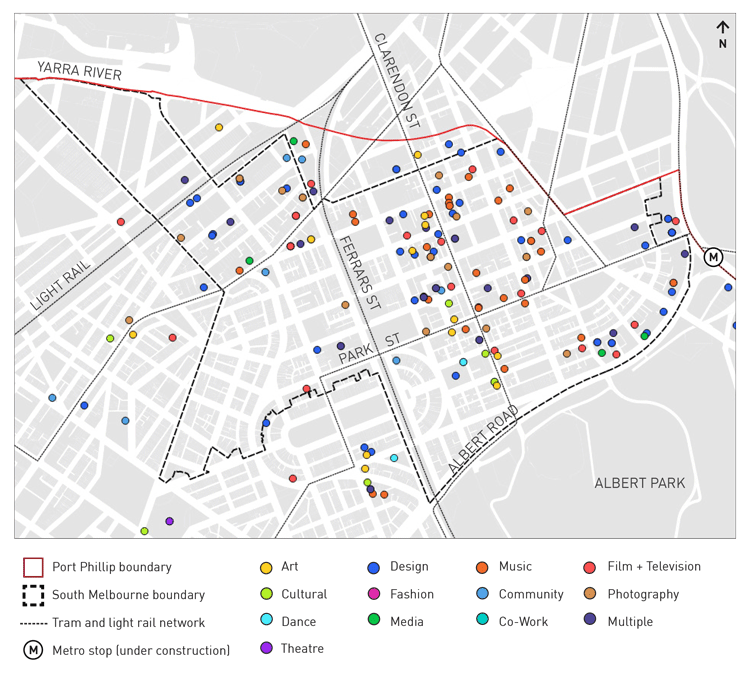Hodyl & Co worked with City of Greater Geelong to develop a built form framework for the Pakington North and Gordon Avenue precincts, which represented the opportunity to support sustainable population growth through delivery of a new form of residential and mixed-use development in central Geelong.

Through an iterative, design-led method to develop and test built form design policy and guidelines with high levels of collaboration with Council officers, Hodyl & Co developed a built form vision for the precincts, supported by specific built form guidance on the urban design outcomes sought in each area.

The resulting Pakington Street and Gordon Avenue built-form framework was aligned with City of Greater Geelong’s designation as a UN City of Design and community aspirations to deliver a clear and creative future for Geelong, while balancing the existing valued characteristics of the area and minimising impacts on adjacent residential areas.
Recommendations were incorporated into the Urban Design Framework prepared by Council.

Port Phillip Creative Industry Map
Port Phillip is known for its valued contribution to the arts and has a long history as a generator of creativity. It hosts some of Melbourne’s most iconic venues including the Espy, the Prince of Wales and the National Theatre. St Kilda is a long-established centre for entertainment and creative production and South Melbourne attracts creative businesses from far and wide. Critical to the ongoing success of creative businesses is the availability of affordable and suitable creative spaces.
In 2018, Port Philip developed their arts and culture strategy – Art and Soul – Creative and Prosperous City Strategy. This strategy articulated a series of actions to foster conditions that sustain and grow a thriving eco-system. It identified the importance of providing a range of suitable and affordable creative spaces in Port Phillip and found that increasingly, creative practitioners were looking outside of Port Phillip for suitable spaces.

Our approach focused on establishing a digital map that identified and categorised all the creative spaces in the neighbourhood. The methodology included mapping all creative spaces in Port Phillip (over 400 spaces) and categorising these spaces by industry and based on the user’s interest – advocating, experiencing, making or learning. The outcomes of this map would be twofold, firstly to establish an evidence base to address issues related to affordability, diversity and suitability of creative spaces and secondly to create a resource for the local community and creative practitioners to connect.
The Creative Port Phillip Map is now a publicly available digital resource for the creative community in Port Phillip. This map is the first step in establishing a four-year action plan in consultation with the community that addresses the affordability of local creative spaces. The digital map is a valuable platform that increases the visibility of local creative practitioners, provides an opportunity for them to connect and allows local government to advocate for the increased provision and protection of creative spaces.